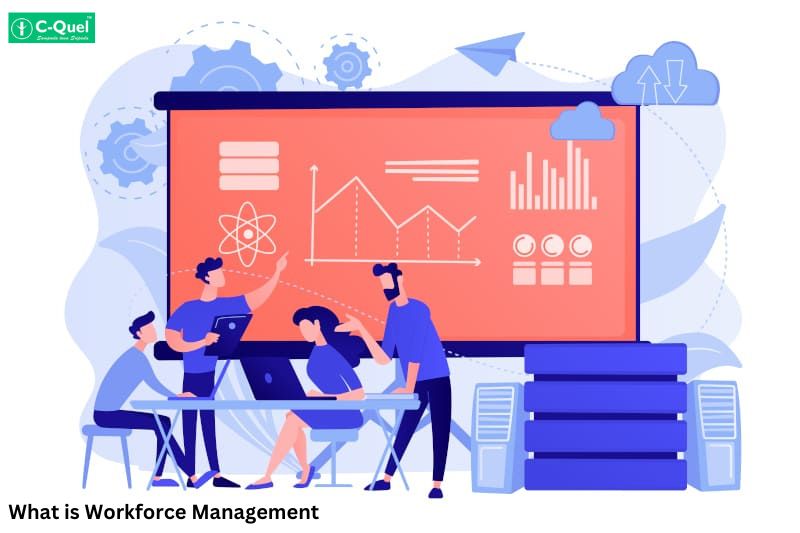Enhancing Efficiency with Workforce Management Software
Workforce management is a comprehensive approach to optimise the productivity and performance of a company’s workforce. It involves various strategies, processes, and tools to efficiently manage employees and their tasks. At the core of effective workforce management lies the utilisation of advanced workforce management software, which empowers businesses to streamline operations, enhance productivity, and make data-driven decisions. Let’s explore how this software works and its impact on businesses.
- Workforce Management Software: An All-in-One Solution
Workforce management software is a powerful tool that integrates multiple functions related to human resources, time tracking, scheduling, and more. It acts as a centralised platform to manage various aspects of the workforce, including employee attendance, leave management, task assignments, and performance evaluation. By consolidating these processes into a single system, the software simplifies the overall management, reduces administrative burdens, and promotes data accuracy. - Streamlining Contract Labour Management with Software Solutions
For companies that rely on contract labour, managing the workforce efficiently is essential for smooth operations. Contract labour management tools offered within workforce management software are specifically designed to address the unique challenges associated with handling temporary workers. These tools facilitate easy onboarding, time tracking, and payment processing for contract workers, ensuring compliance with labour regulations and minimising administrative complexities. - Efficiently Handling Employee Scheduling and Time Tracking
One of the critical functions of workforce management software is employee scheduling and time tracking. With advanced scheduling tools, businesses can create optimised work schedules that align with employee availability, skills, and business needs. The software helps avoid overstaffing or understaffing situations, leading to better resource utilisation. Additionally, time tracking features enable accurate recording of employee work hours, facilitating precise payroll processing and ensuring compliance with labour laws. - Data-Driven Insights for Informed Decision-Making
Workforce management software collects and analyses vast amounts of workforce-related data. This data-driven approach provides businesses with valuable insights into employee performance, attendance patterns, and productivity levels. Utilising these insights, managers can make informed decisions to improve workforce efficiency, identify training needs, and implement strategies for continuous improvement.
Conclusion: Optimising Workforce Productivity with Workforce Management Software
In conclusion, workforce management software is a game-changer for businesses seeking to optimise workforce productivity and efficiency. By providing a centralised platform for various workforce-related functions, the software simplifies processes, minimises errors, and reduces administrative overhead. Its contract labour management system cater to the unique requirements of temporary workers, ensuring smooth onboarding and compliance. Effective employee scheduling and time tracking functionalities further contribute to better resource management and payroll accuracy.
Most importantly, the software’s data-driven insights enable businesses to make informed decisions, foster continuous improvement, and achieve long-term success in managing their workforce. Embracing workforce management software is a proactive step towards building a more productive and agile workforce, making it an indispensable tool for modern businesses.

